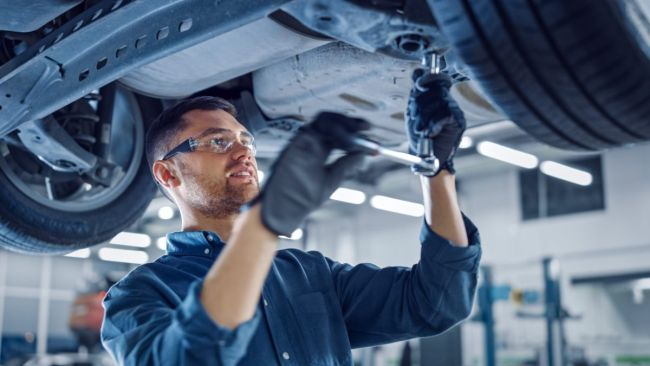
Effective Strategies for Keeping Your Top Technicians
Just how bad is the current technician shortage? According to a 2021 report from the TechForce Foundation, there are five open automotive and diesel jobs for each new technician completing a post-secondary program. The U.S. Bureau of Labor Statistics estimates that each year from now until 2030, the deficit in the number of diesel and automotive technicians will grow by more than 28,000. Even if you manage to hire a technician, the National Institute for Automotive Service Excellence says 41% of technicians who recently graduated from a training program will leave the industry within two years.
Professional Development
In the past, money was likely the main – and sometimes only – motivator that kept people at a job. And while utility fleets need to make sure their wages, benefits and incentive programs are on par with the market, being the highest payer is no longer a guarantee that you will retain your technicians, according to Nebraska Public Power District’s Matt Gilliland.
He explained that one key strategy for technician retention is “the professional development of the technicians to equip the individuals with the skills and experiences needed for upward mobility or more responsibility.” This includes things like offering certifications and training and even focusing on soft skills.
According to Randstad, a staffing agency, 86% of employees leave their jobs because of a lack of career development. Experts expect this situation to worsen because younger workers have higher expectations surrounding career development than their predecessors. When talking about career development and career paths, it is important that you not think of them as the same as the traditional notion of “climbing the company ladder.” A career path could consist of some lateral moves that will allow the employee to gain new skills.
Part of any career path is ongoing training. Gilliland said NPPD pays for all required training, both new and recurring. Other fleets are offering incentives to their technicians who complete training programs.
Quality of Life
The COVID-19 pandemic changed the way people view work, and work-life balance has become more important. Unlike some other jobs, however, fleet technicians cannot do their work from home; they need to be in the shop to perform maintenance and repairs. But there are still things utility fleets can do to enhance the quality of life for their technicians.
Some of it is as basic as making sure their workspace is clean and safe. Also make sure that technicians have the latest tools and equipment they need to complete their tasks efficiently. Today’s younger workers expect to use technology as part of their jobs, so invest in technology tools that allow them to diagnose problems. Additionally, when it comes to tools, some fleets are eschewing the tradition that had technicians paying for their own; instead, they are now offering tool allowances or are outright paying for technician tools.
To address the quality-of-life issue, Gilliland said NPPD recently performed a full analysis of work orders, workdays and so forth. The company included its technicians in the analysis process. “A change to a four-day, 10-hour-per-day week resulted,” he said. “The customers, supervisors and the technicians are much happier, [and there was] no drop in service [levels].”
Communication is Key
Technician retention requires communication with those techs on an ongoing basis and including them in decisions that affect them. “We make sure our technicians have a voice in everything ranging from repair decisions to business unit operations,” Gilliland said.
About the Author: Denise L. Rondini is president of Rondini Communications, a company specializing in researching and writing for a variety of industries, including trucking, industrial pumps, manufacturing, technology and supply chain. Her clients include suppliers, leasing companies, publications, dealers, distributors and nonprofits.

